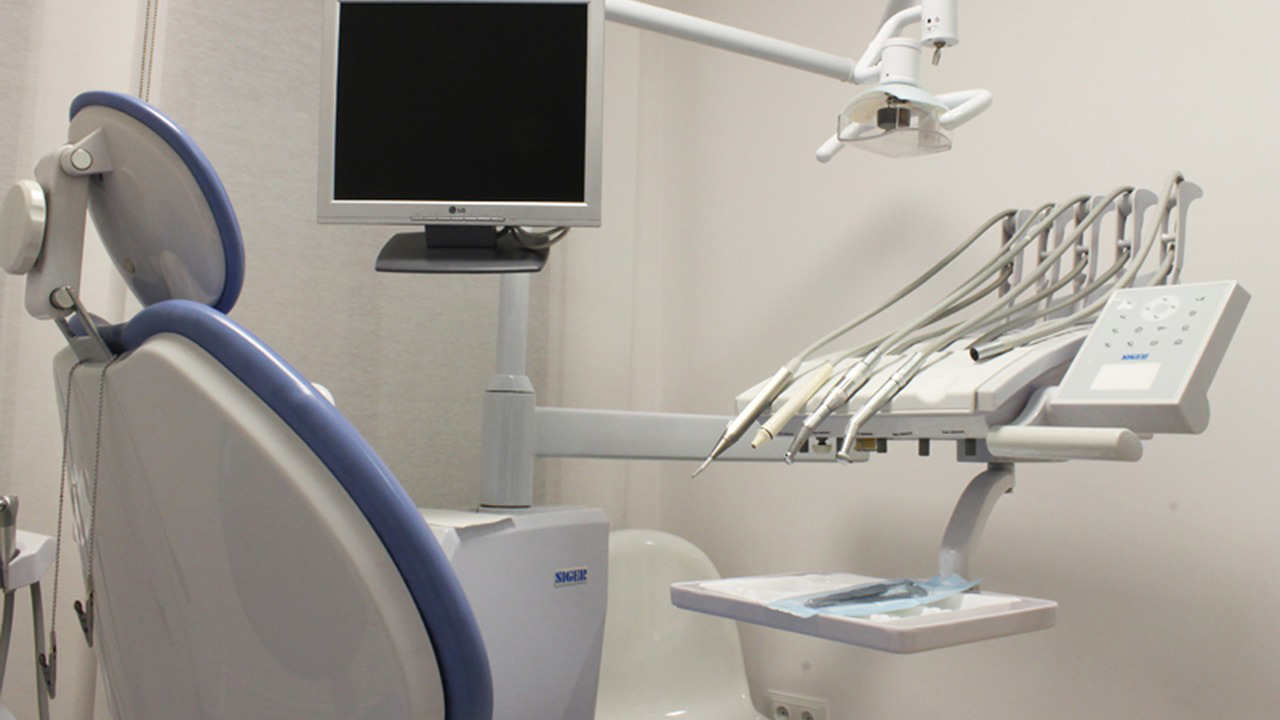
Stim Brushes | 20 Sep, 2022
Wisdom Teeth - What's Wise About Them?
To be honest, getting teeth when you’re a grown-up is all pain. Wisdom teeth are the third, final set of molars that tend to show up in your late teens or twenties. Since they appear only by the time an individual matures into an adult, they’re given the honorific ‘wisdom’.
In most individuals, they are a cause of pain and discomfort, and thus, the excruciating process of wisdom teeth removal is a fairly common procedure. When the teeth start to come through, pain levels can vary from mild aches to pain along the entire face, affecting your eyes as well. Sometimes, the tooth succeeds in coming out, but at others, the gum grows over the top, trapping bacteria and leading to an infection. We can all agree on the fact that nothing is worse than a dull, constant toothache!
How Are Wisdom Teeth Removed?
The position and stage of presentation of your wisdom teeth will determine your dentist/ oral surgeon’s next steps. A wisdom tooth that is fully erupted can be extracted as easily as any other tooth. However, one that is underneath the gums or embedded in the jawbone will require an incision into the gums, followed by the removal of the portion of the bone that lies over the tooth. In these situations, a tooth is often extracted in small sections, rather than in one piece, to minimize the amount of bone that needs to be removed to get the tooth out.
A neglected wisdom tooth will bring with it extreme pain, severe decay or repeated infection, so it is usually wise to have it removed, as a preventive measure. Be sure to visit your oral care specialist regularly, to check for issues arising from wisdom teeth.


